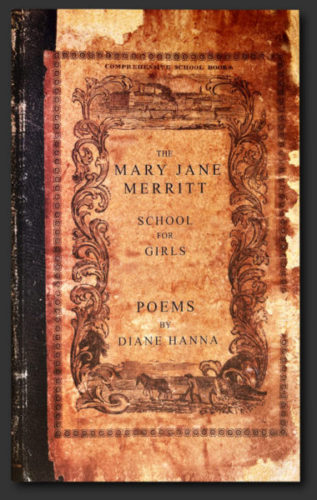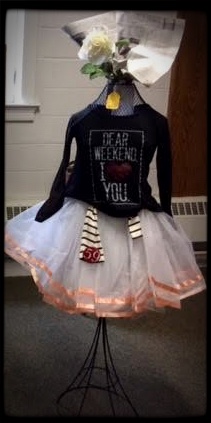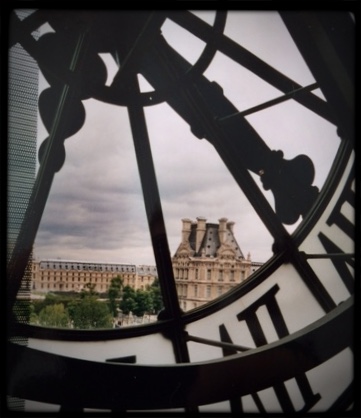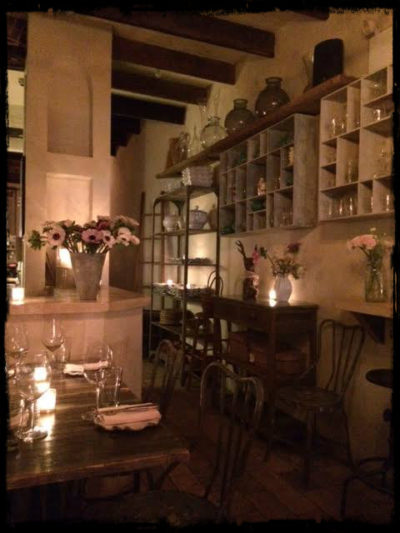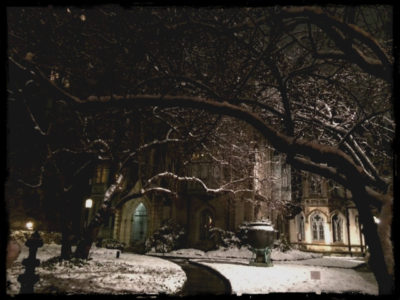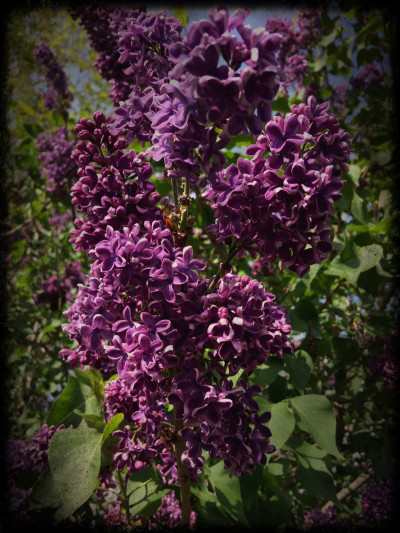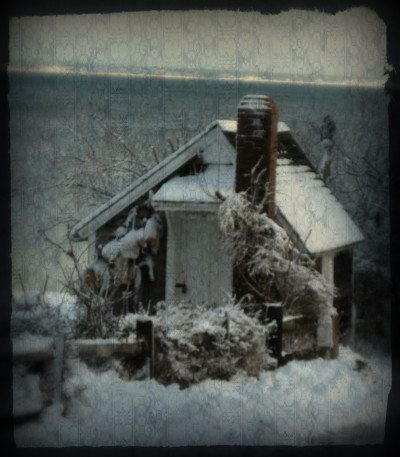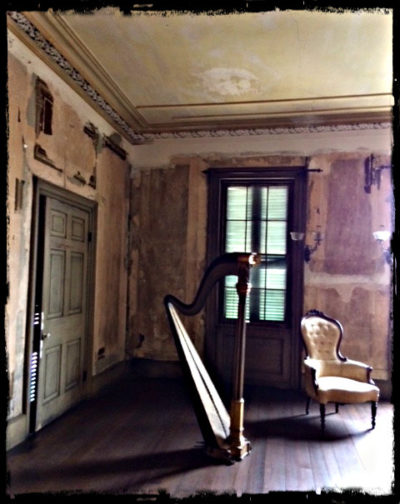
Aiken-Rhett House
During the second tumultuous nor’easter, I was fortunate to escape toppling trees, power outages, and heavy snow that tested the mettle of all New Englanders. Charleston, South Carolina beckoned, and I gratefully followed. Far from the rigors of winter, I walked miles on the cobblestones and uneven sidewalks of a city steeped in history, permeated with warmth and charm.
The architecture, shaded gardens, watery smells off the Battery were memorable, delightful even to my senses numbed by wind and cold. But it wasn’t until I stepped over the stained marble threshold of the Aiken-Rhett house that Charleston really came alive.
The house, built in 1820 on Elizabeth Street by Governor William Aiken, Jr., has remained untouched by restorers in a “preserved as found” approach to its conservation. The whole estate with its kitchens, stables, carriage house, privy, and small, bare rooms for slaves has managed to survive mostly intact, save for the effects of time, for almost 200 years.
The Aiken family managed to live in and hang on to this mansion for 142 of those years, through the Civil War that destroyed an economy depending on slave labor, the upheaval of Reconstruction, and years aplenty after that. Maybe that continuous ownership is part of the reason this house, where little has been disturbed, is a gathering place for spirits and memories, a wellspring for the imagination. The other historical houses in the city that have been painstakingly restored to their original grandeur are, to me, elegant, but strangely lacking in soul and story.
Not so this magical place, where voices thick with honeyed accents resound off the cracked, peeling walls. Floors creak. Tattered chairs wait in dark corners. Dust motes whirl in the soft afternoon light. In this ballroom, I hear the rustle of taffeta, of laughter melodious as crystal prisms, of music saturated with hope and longing. Each of the many high-ceilinged rooms is a complete stage, always waiting for the play to take up where it left off.
All I wanted to do was pull up a wobbly chair, sit for hours, listen. And after that, walk slowly through the house at least three times, in different light, on different days and try to capture a remnant of its mystery and the emotions that mystery evokes. A poem might do that, but I find I am at a loss for words to describe the evanescent feelings of this house with its eloquent patina left by the lives lived in these once rich rooms and the still poor ones out back.
Lives lived. Real lives. Not distanced by centuries of history but with the intense immediacy of days lived, days gone. On every worn floorboard of this amazing house, real footsteps are heard. Just listen.
